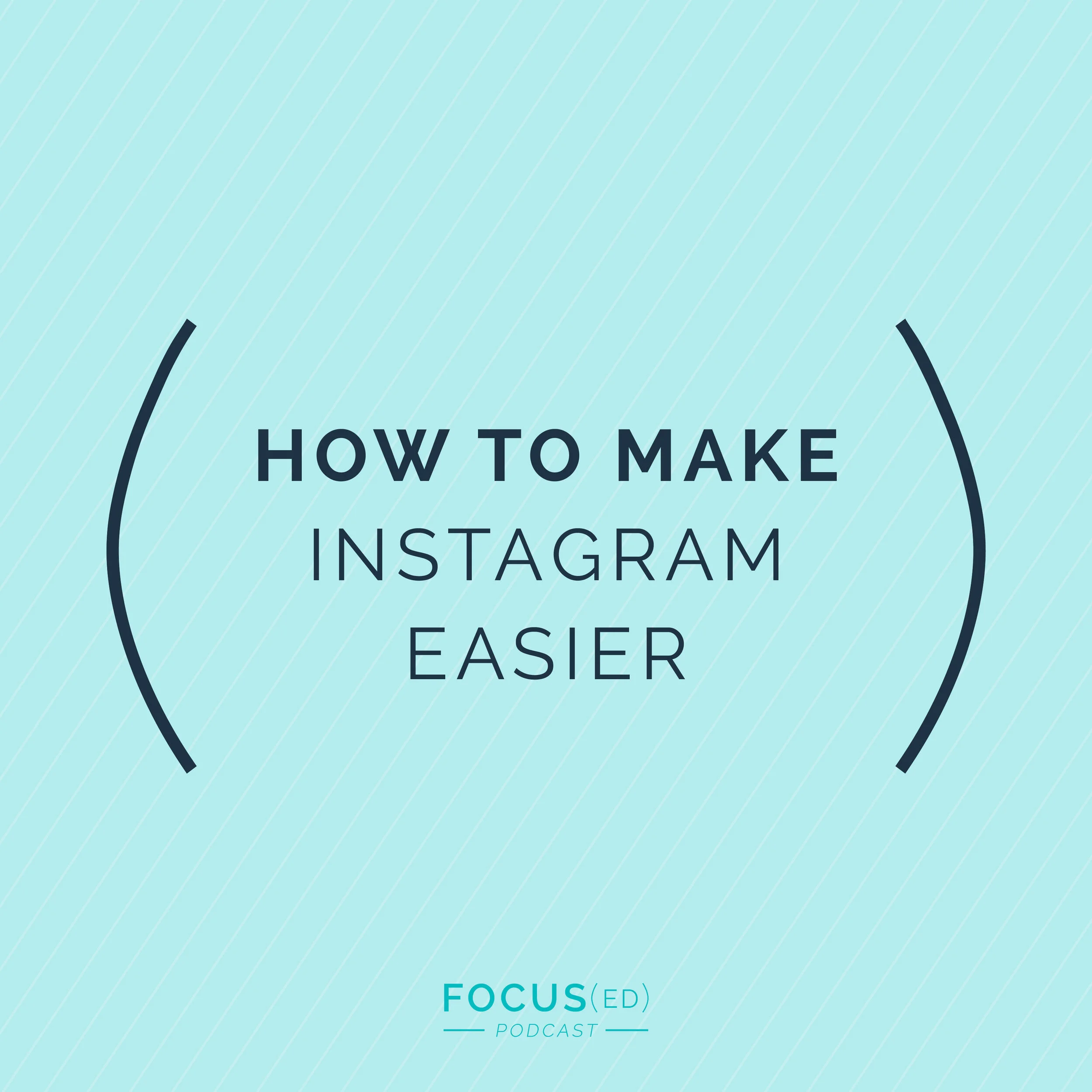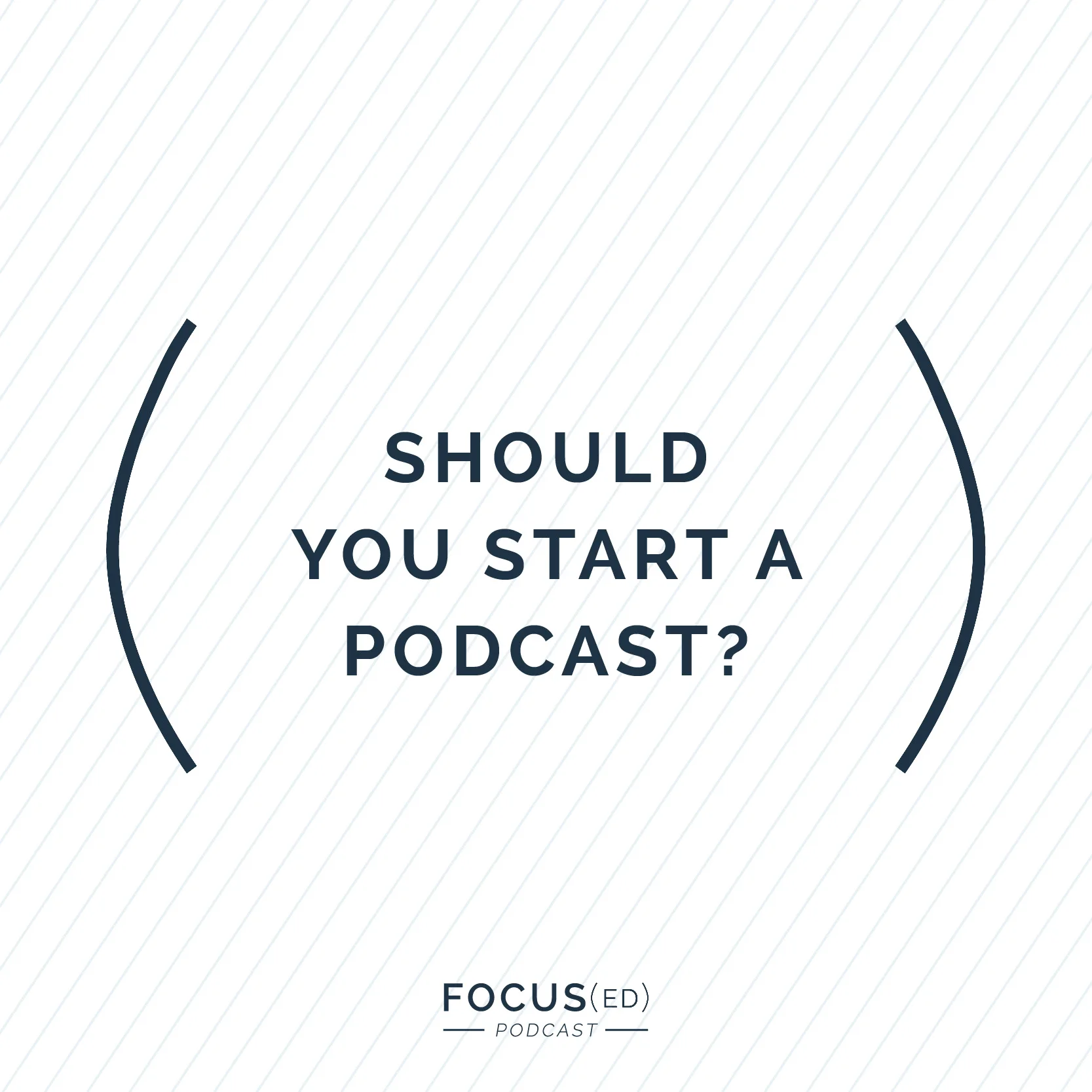051: Shooting & Editing Light and Bright Images
Best tips for creating your light and bright photography style.
The best photographers are known for their photos and their style. You know which images are Katelyn James and which ones are not. This is because of a combination of how she shoots and how she edits.
Knowing how you want the end product to look will determine the settings you need to use while shooting and will help in the editing process.
Shooting light and bright photos and editing them isn't as hard as you might think. Cinnamon breaks it down for you with a few quick tips.

Show Notes
What is a bright and light photo?
Also “bright and airy”. Characterized by being more focused on natural light. There are less details in the highlights of the image (washout or overexposure). Images will feel more white than black. Moody photos tend to be more black than white with deeper colors.
How did you get into it?
Cinnamon started out editing by “crushing the blacks” which means more moody edits, but realized her defaults while shooting were actually backlit images. When they lived in California, itdidn’t have the shade or cover she needed for the moodier photos, so she got really good at taking photos with the California backlight.
What tips do you have for shooting light and bright?
Having backlight (sun or a speed light) is really important. Light gives definition and contrast to the colors in the image. You can also bump up the exposure to add more light. You want the light to come towards the camera so you can capture more of the light. If you’re shooting a blue sky, you might wash that out with the light. Use your spot-metering (for Canon) and your shutter to use the light on the subject’s face. Correct exposure can be found by setting your aperture, ISO, shutter speed and using a reflector. You can even wear white to help with the reflection or put them on a lighter surface.
What are some of the challenges in shooting light and bright?
You can’t start out trying to be like another photographer. It takes time to learn what settings to shoot on. The location of the shoot also plays into the process. California and New Jersey are completely different. You’ll learn how you shoot and then you can learn how you need to edit after that. Editing also depends on the final style outcome you want.
Any Tips for the Editing Process?
Bumping your exposure and contrast or reducing tone curve and blacks. “Tightening things up” and making things a bit sharper help as well. Katelyn says to keep “your whites white, your blacks black, lights lighter and darks darker - the backwards C on the tone curve.” Sometimes blacks can appear blue and whites appear yellow, so reduce your blues and yellows in the color saturation. Split-toning will help with skin coloring without making the entire image yellow.






























